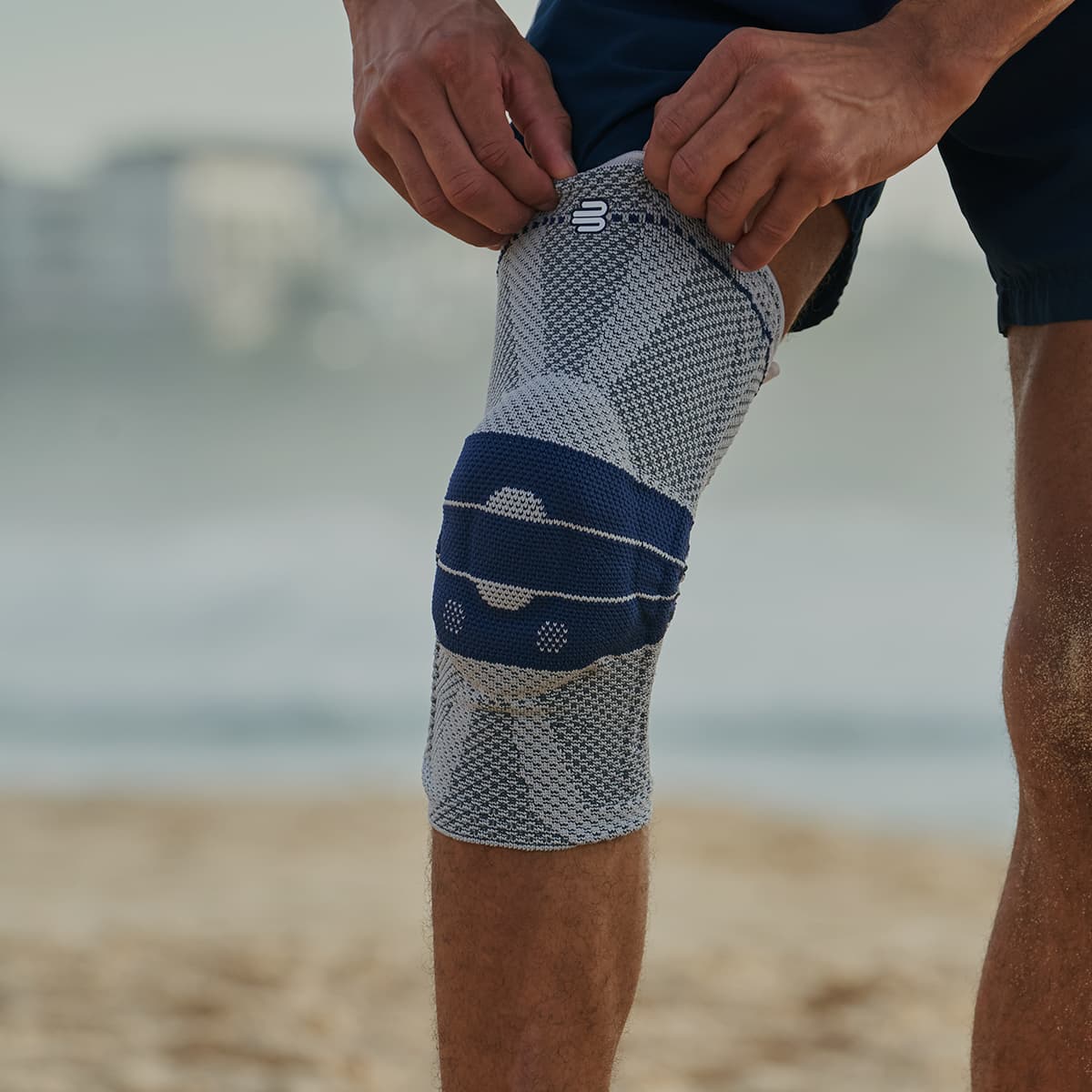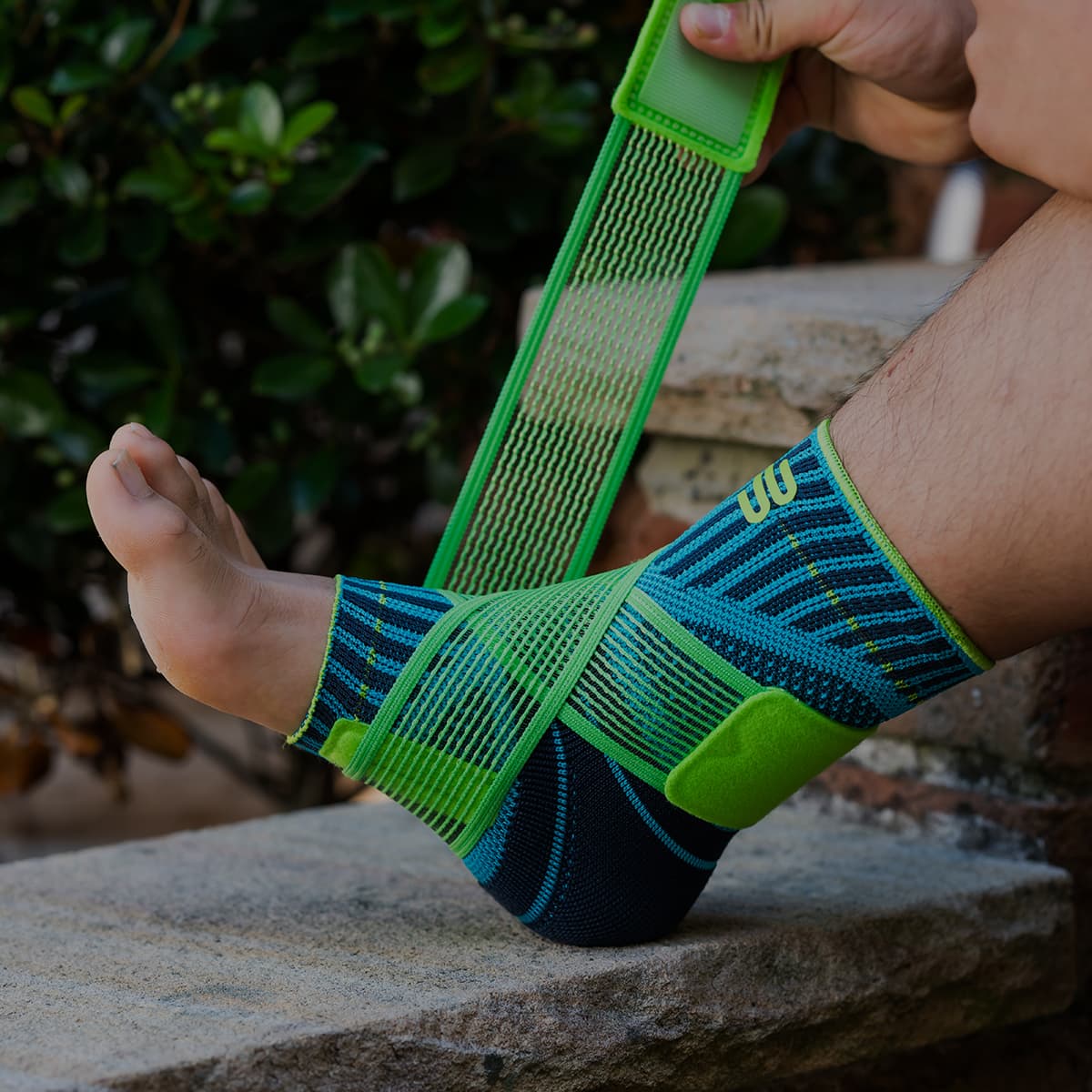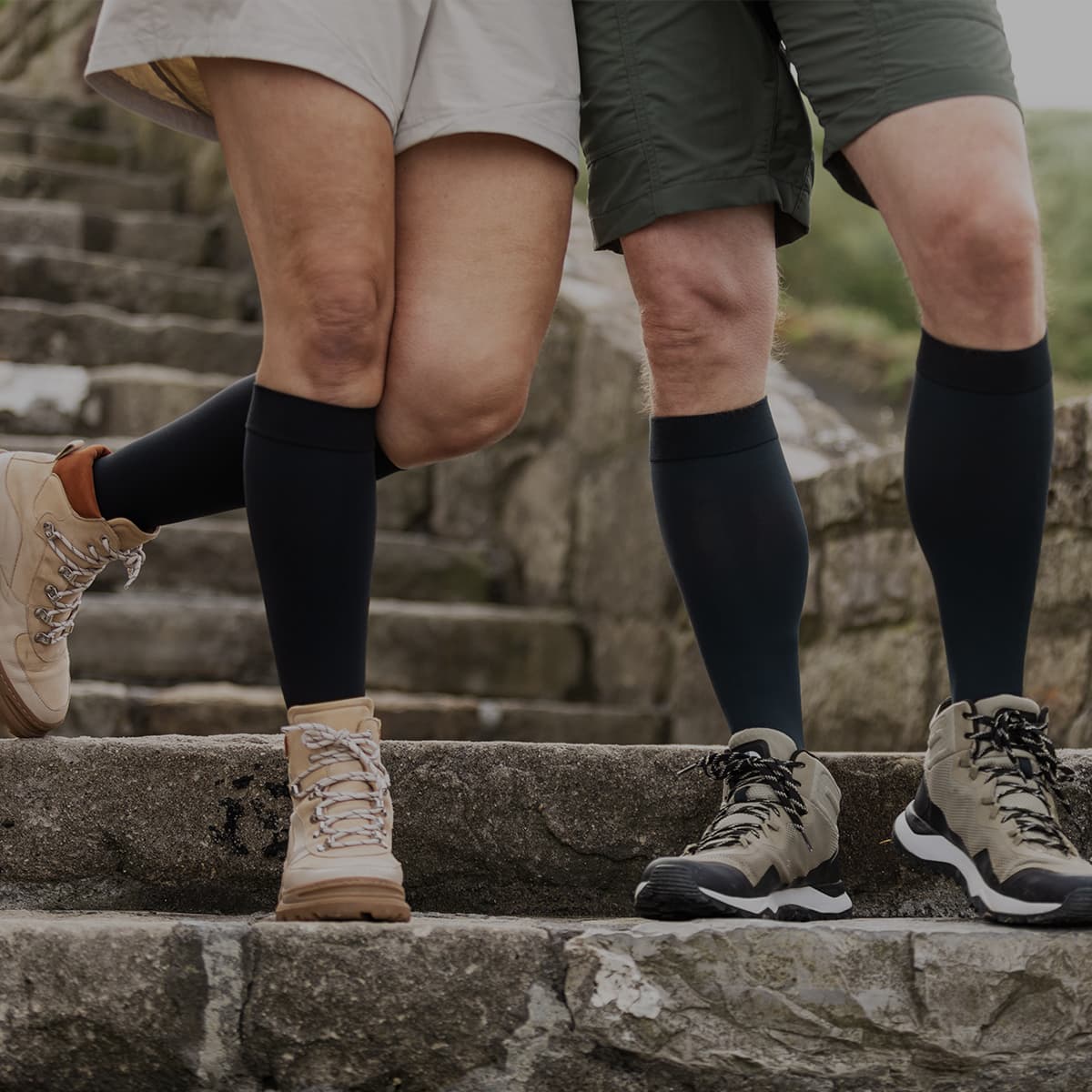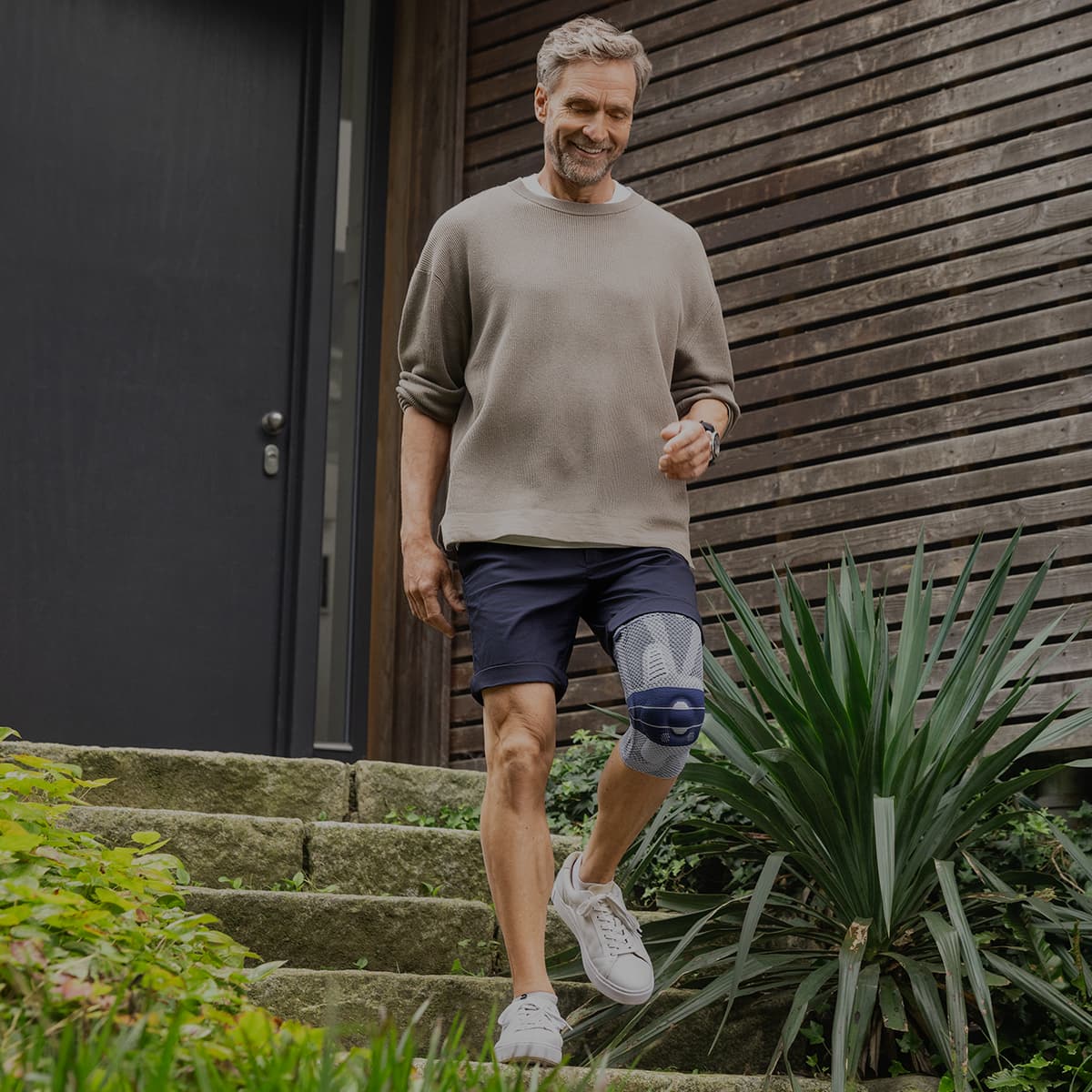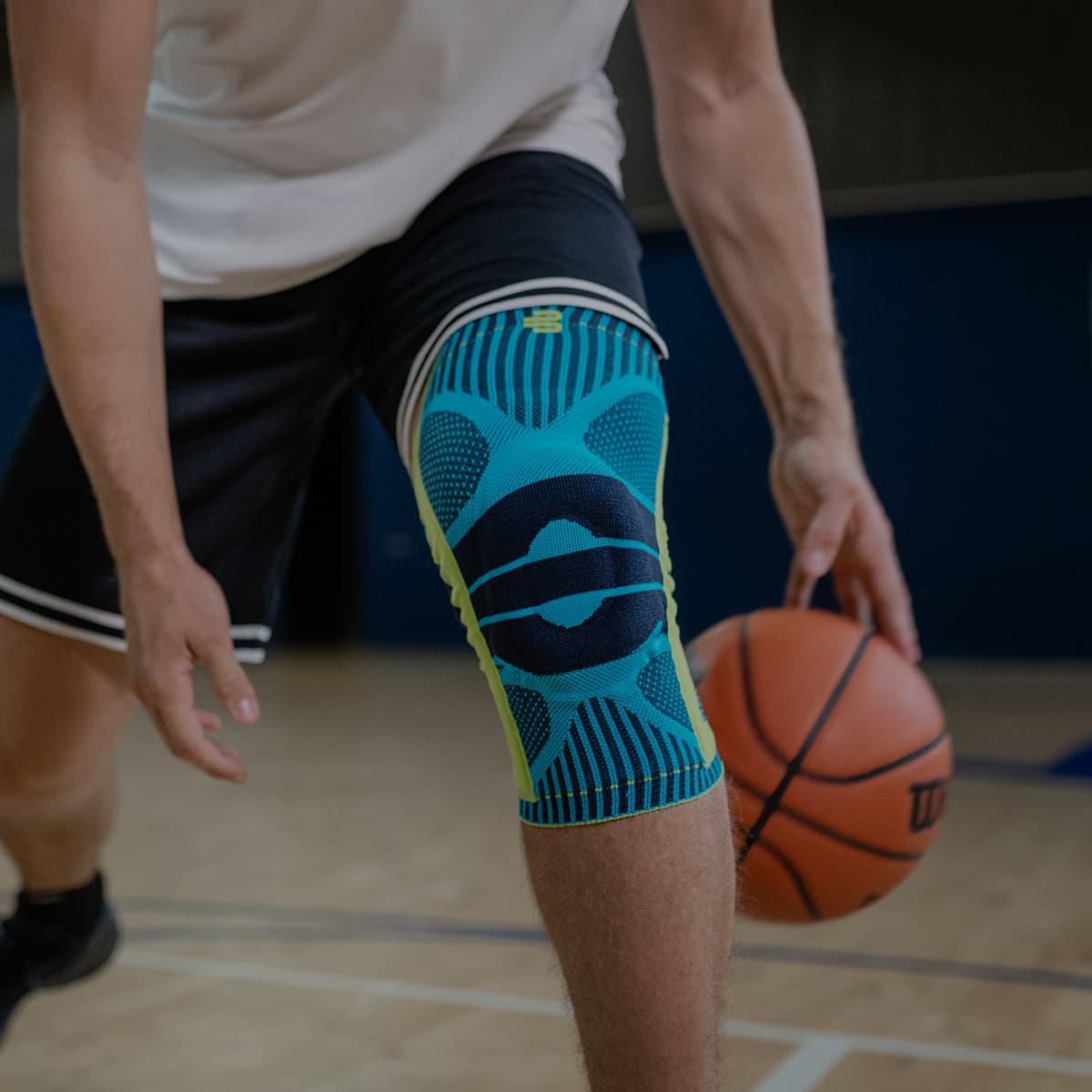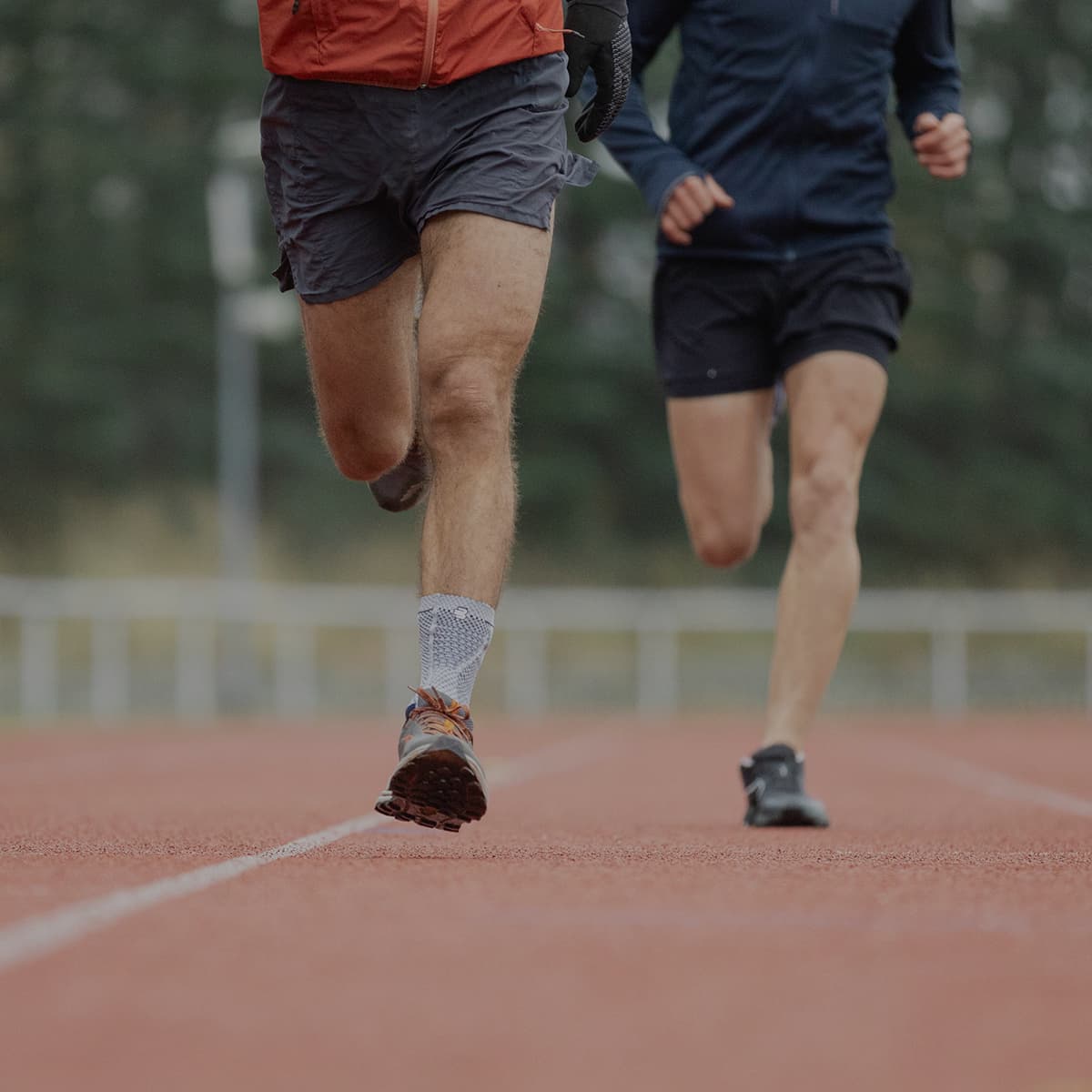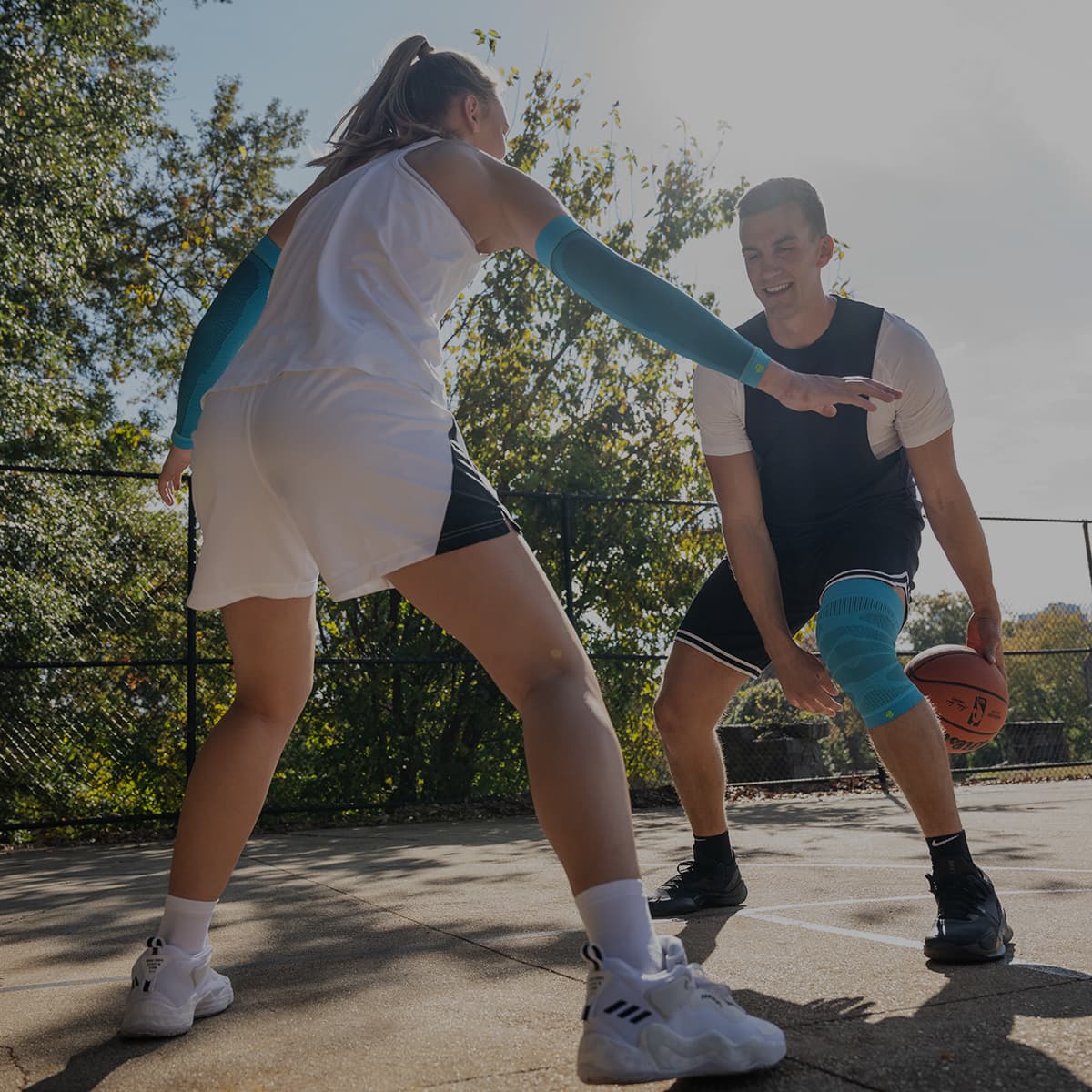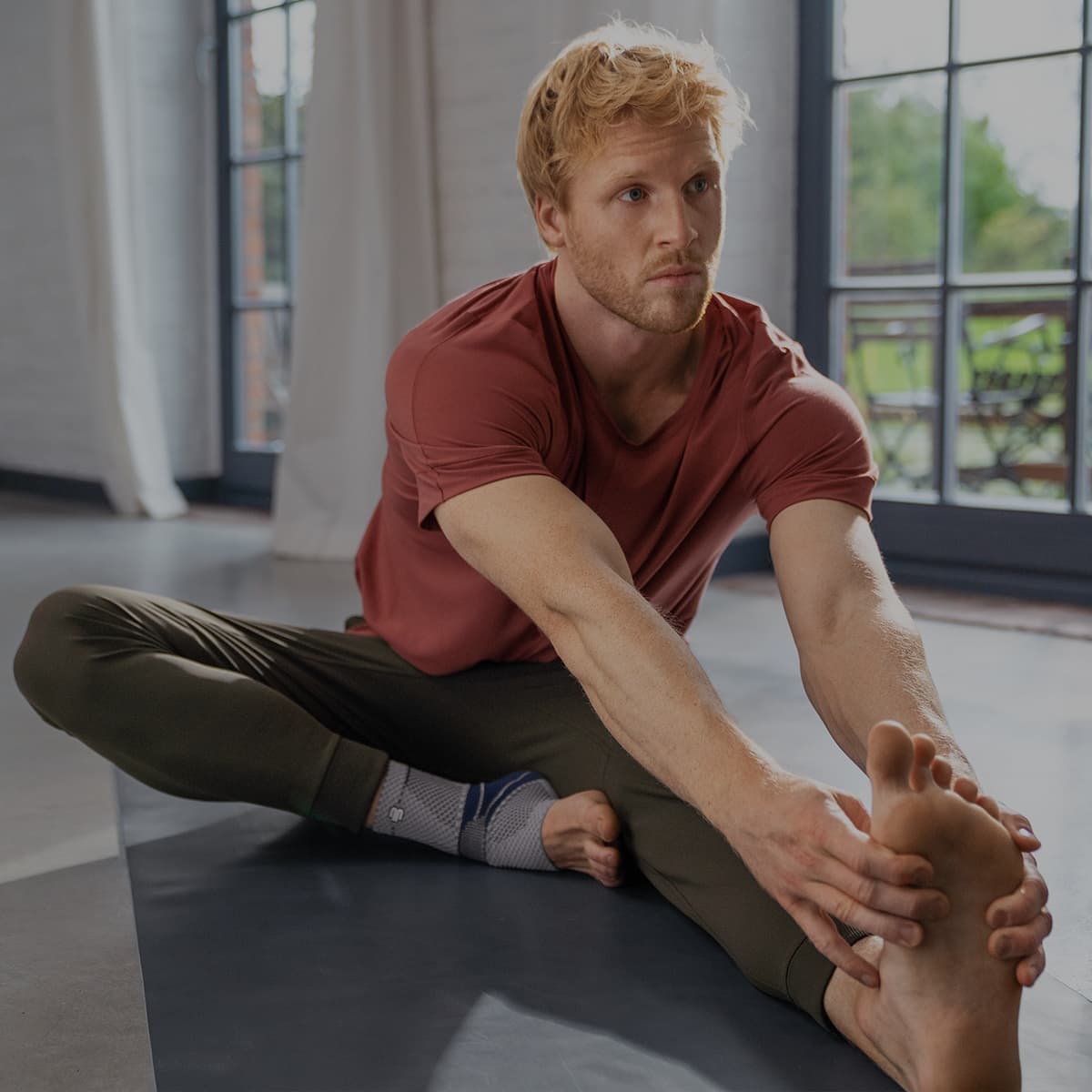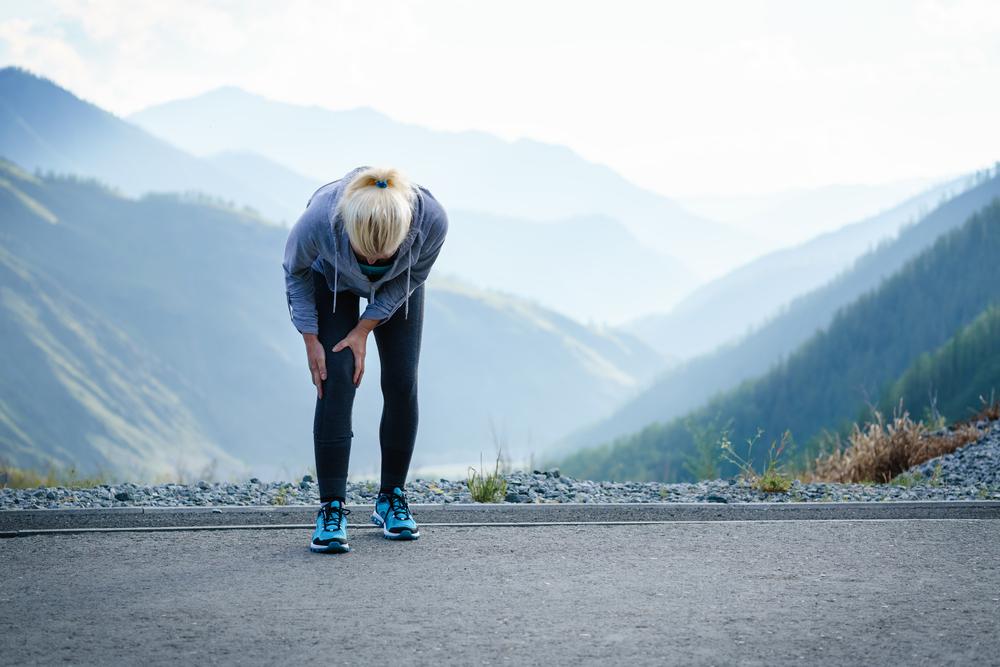Depending on the sport, researchers have reported that knee injuries account for between 15 per cent and 50 per cent of all athletics-related injuries. Although most knee pain can be self-managed, it’s important to understand the severity of your swollen knees and when you should see a doctor.
We all know someone who throws up their hands and cries, ‘Sorry, bad knees!’ at the mere suggestion of basketball (or any high-impact activity, really). If that somebody is you. Don’t worry, you’re not alone!
Why is my knee swollen?
The knee joint is formed by the femur, the tibia, and the patella. Multiple muscles, ligaments, and other structures such as cartilage help stabilize and move the knee joint.
As a modified hinge joint, the knee predominantly moves in two directions, flexion and extension (forwards and backwards), with just a slight amount of rotation.
While disruption to any of the structures in or around the knee can lead to pain and, therefore, swelling, there are two common, yet different, causes - knee sprain and knee hyperextension.
Knee sprain vs knee hyperextension - what’s the difference?
Although often confused, there are some key differences between knee hyperextension and a knee sprain. Let's take a look at what each term means:
- Knee sprain: Refers to torn or overstretched ligaments. Because the knee has 4 main ligaments, knee sprains are named for the specific ligament that has been torn or injured:
- Anterior cruciate ligament (ACL) sprain: Typically a result of jumping or twisting suddenly (e.g. during a running or contact sport)
- Posterior cruciate ligament (PCL) sprain: Usually occurs when you fall hard on your knees (i.e. the front of your knee is hit in a bent position)
- Lateral collateral ligament (LCL) sprain: Happens when you receive a blow to the inside of your knee
- Medial collateral ligament (MCL) sprain: Typically a result of a fall that causes your lower leg to twist outward from your thigh
- Knee hyperextension: Occurs when the leg excessively straightens at the knee joint, thus putting stress on the knee structures and the back of the knee joint. In severe cases, ligaments such as the ACL or PCL may be sprained or torn.
As you can see, a knee sprain is not the same as a knee hyperextension. That said, when severe enough, a knee hyperextension can cause a knee sprain.
When should you see a doctor for swollen knees?
Sore and swollen knees can be a part and parcel of your life - especially if you’re a big fan of high-impact sports. And sometimes, it’s hard to know whether all that swelling is a real injury.
But here’s an easy way to know for sure: if you can’t put weight on the knee or walk more than 4 steps without pain, can’t fully extend or flex the knee, or you experience numbness, you should definitely seek medical attention.
Additionally, if you are dealing with knee pain and swelling happens suddenly and your knee becomes red or feels warm, that is a cause for concern.
Otherwise, you can typically manage the discomfort through the R.I.C.E and by wearing a suitable knee support or knee brace.

How does a knee brace reduce swelling?
Contrary to other treatments, complete immobilisation is generally not the right solution as it may aggravate knee pain further. Long term immobilisation can lead to chronic degeneration of the joint. Therefore, it is important to keep moving and provide sufficient support and protection to the compromised joint.
Knee braces provide support and stability to specific areas of the knee, helping to reduce swelling and providing pain relief at all levels of movement. If you are recovering from a knee injury, it is highly recommended to wear medical knee support which can stabilise the knee joint.
Bauerfeind’s GenuTrain Knee brace protects and stabilises the knee joint. It features an omega-shaped gel pad which surrounds the knee cap. This gel pad has integrated massaging points which help to alleviate pain and pressure in the structures of the patella tendon and meniscus.
Produced from a lighter and more comfortable weave, the GenuTrain Knee is designed to be worn all day. Gradient compression is also engineered into this lightweight knit material to promote blood circulation to the knee joint, helping to reduce swelling.
We recommend using the GenuTrain Knee Brace for everyday wear. For similar support during physical activity, we recommend wearing the Sports Knee Support
R.I.C.E for relieving knee pain and swelling
-
Rest: Avoid doing anything that may overstress your knees
-
Ice: Icing your knees can help reduce inflammation and, therefore, swelling
-
Compress: Compression, in the same way as ice, can help reduce inflammation and swelling; a knee brace is an excellent option as it not only provides support but also applies pressure to your knee
-
Elevate: Raising the injured leg whenever possible (e.g. when you’re asleep) helps reduce swelling
Bauerfeind products are developed at our innovation and manufacturing facility in Zeulenroda, Germany. Based on years of scientific research, our award-winning braces and support garments are highly recommended by medical professionals and athletes worldwide.
Do you have private health? Most private health extras will cover Bauerfeind Products, check now to see if yours is included. Bauerfeind PHI enquiry.
For assistance selecting the right product, book a video consultation with a Bauerfeind expert: Book Video Call, or call us on 1300 668 466.

